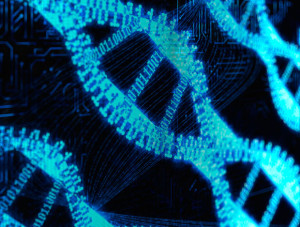This course helped me see social justice, something that was already important to me, in a new light. Before taking this class, I had never considered how digital media interacted with cultural operating systems. I think that this course taught us to be knowledgeable of the Internet and technology’s effects on social divisions and inequality – something that is only becoming more important as sites like Twitter and Tumblr become organizing grounds for social change.
Unit 1, Play, Power and Privilege, introduced me to new activist voices on the Internet in the form of video game zinesters and Twine creators. It was interesting to play the different games and get familiar with popular content creators like Anna Anthropy and Porpentine. It was interesting for me because, as someone who doesn’t play many video games, the gamer activist community was one I had never heard of or considered. I also thought it was important to learn more about that community because I think gamer activists receive especially vehement backlash, perhaps for reasons discussed in Arthur Chu’s “I’m Not That Creepy Guy from the Internet.” My favorite part of this unit was definitely creating our own Twine games. It was fun to embrace a concept for a game and present it as well as possible through choices about the structure, formatting, and color schemes, and I think the final project was one of the things I’m most proud of producing in this course.
The most interesting part of Unit 2, Social Media and Social Justice, for me was danah boyd’s article “Inequality: Can Social Media Resolve Social Divisions?” I liked her discussion of segregated spaces in American high schools and how those transfer online. The focus on high school students encouraged us to reflect on her piece in terms of our own school experiences, which I think made our thoughts and discussion much more personal. Often, when I engage with activism, it’s easy to feel personally removed or detached because we’re taking on systems of oppression much greater than any one individual. This unit was a reminder of how social justice can also exist on a very personal scale like by being critical of personal social media use.
Before we discussed digital activism in Unit 3, my understanding of it was mostly related to campaigns like Kony 2012 and the ALS Ice Bucket Challenge, two movements that do not have very good reputations for producing real change. Our discussion of hashtag activism changed my perception of digital activism because a lot of the hashtags we looked at were only intended for discussion: they united people to raise awareness of an issue through discussion and then died out in popularity when people lost interest. I also really enjoyed our conversation with Suey Park, especially when she talked about the social justice projects she was working on. For me, Unit 4 expanded on the idea of creative activism with projects like the Feminist Phone Intervention and the Queer Rebellion. I liked becoming more aware of critical projects like those and movies like Sleep Dealer and Desert Lullabies.
Overall, I enjoyed the new perspectives on social justice and activism we discussed in this class. I’m not usually one to participate in classes but I think our meetings were especially engaging and open and I really appreciated that. As I move forward in learning about social justice in college I want to create more projects like the ones we discussed in Unit 4. Above all, I want to remember that activism should be approachable and accessible – something that I think was reflected in this course through the ease with which we were all able and encouraged to contribute.



